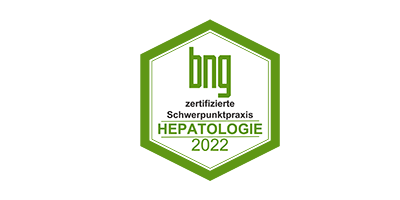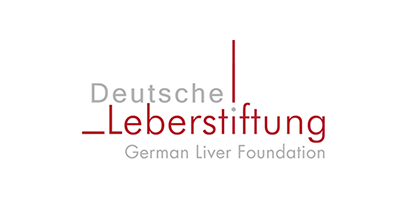Kontakt
Medizinisches Versorgungszentrum
Ihre Fachärzte für HIV und Hepatitis
Dr. med. S. Mauss, G. Schmutz, Dr. med. P. Hegener, Dr. med. C. Athmann
Humboldtstraße 18
40237 Düsseldorf
0211 239 55 20
0211 239 55 210
praxis@center-duesseldorf.de
Kernsprechstunden
Mo. Di. Mi. Do. Fr.
08.30 – 13.00 Uhr
Mo. Di. Do.
15.00 – 18.00 Uhr
Terminabsprache erwünscht!
Weitere Termine sind nach Absprache möglich.
Schwerpunktpraxis

Hepatologie BNG

Infektiologie DGI

HIV DAGNÄ

Assoziiertes Mitglied der Leberstiftung